Barking Spider Species Guide
Welcome to the definitive taxonomic guide to the world's most notorious fictional arachnids. Within this comprehensive catalog, we present the various species, subspecies, and regional variants of barking spiders that have been "documented" by faux-scientists and pranksters across the globe. While no barking spider has ever been formally classified by actual zoologists (for reasons that should be obvious), we've compiled this tongue-in-cheek classification system to help you identify which type of make-believe spider might be responsible for that mysterious sound in your vicinity.
Each entry in our guide includes a fabricated scientific name, fictional habitat information, and notes on the distinctive acoustic signature that gives these mythical creatures their infamous reputation. Remember, while real spiders do exist, none make the distinctive flatulent sound attributed to the legendary barking spider!
Taxonomic Classification
Within our elaborate fictional framework, barking spiders belong to the following taxonomic hierarchy:
| Taxonomic Rank | Classification | Notes |
|---|---|---|
| Kingdom | Animalia | Animals |
| Phylum | Arthropoda | Arthropods |
| Class | Arachnida | Arachnids |
| Order | Flatulares | Entirely fictional order of "gaseous" arachnids |
| Family | Barkidae | The barking arachnid family |
| Genus | Flatulus | Primary genus of barking spiders |
| Species | Various (see below) | Multiple species categorized by sound type and habitat |
Note: This taxonomy is entirely fictional and created for entertainment purposes. No arachnologists were consulted in its development, although several might be mildly amused.
Primary Species
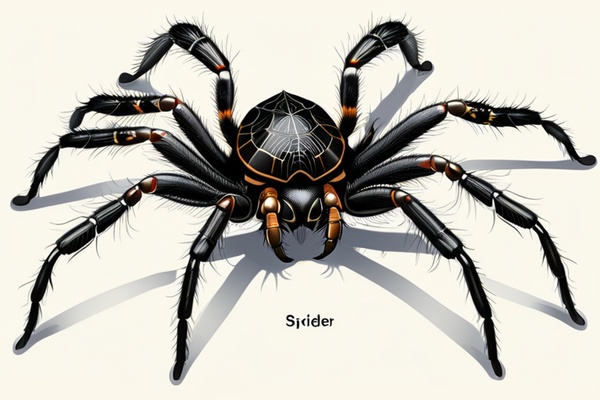
Common House Barker
Flatulus domesticus
The most frequently "encountered" barking spider, notorious for making its presence known during quiet moments in living rooms and elevators worldwide.
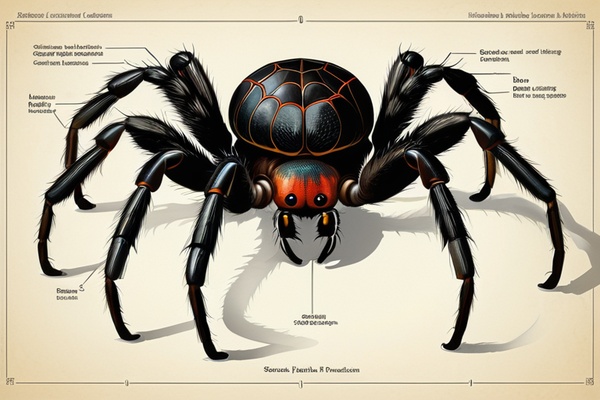
Thunderous Rumbler
Flatulus maximus
The largest of the barking spiders, capable of producing startlingly loud and resonant sounds that can be heard through multiple rooms.
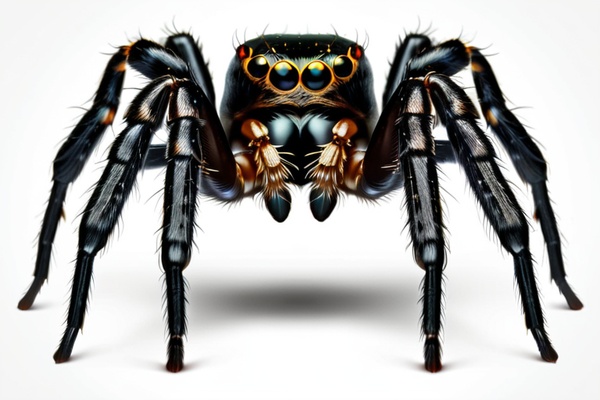
Silent Stalker
Flatulus silentium
The most insidious of barking spiders, producing virtually no sound but leaving a distinctive atmospheric change in its wake.
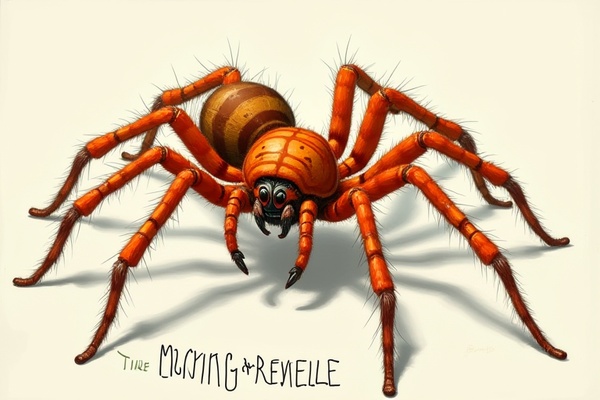
Morning Reveille
Flatulus matutinus
Most active at dawn, this species is known for its distinctive morning calls, often coinciding with the first cup of coffee.
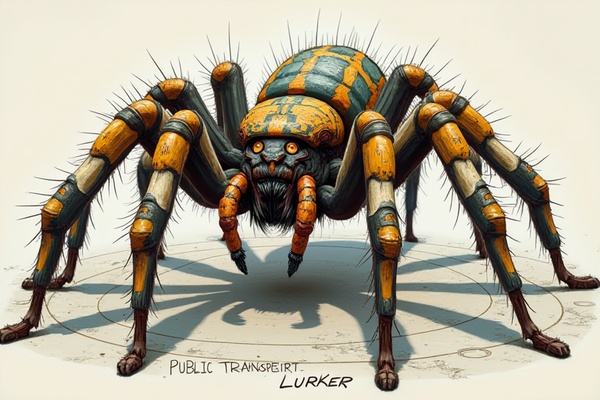
Public Transport Lurker
Flatulus commutis
Adapted to thrive in buses and subway cars, this species strikes at the most crowded and awkward moments possible.
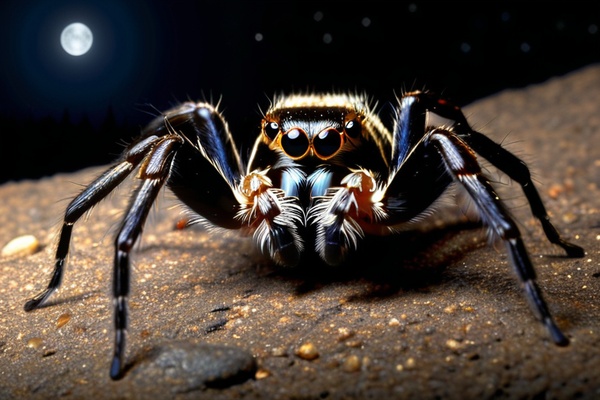
Midnight Squeaker
Flatulus nocturnalis
A nocturnal species that becomes active while household members are trying to sleep, emitting high-pitched squeaking barks.
Regional Variants
Barking spiders have adapted to various environments worldwide, developing distinct regional characteristics:
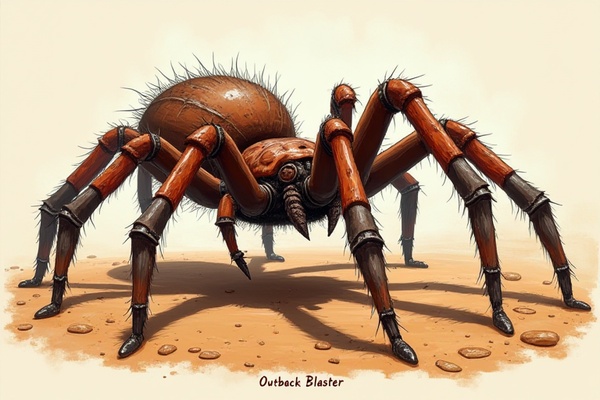
Australian Outback Blaster
Flatulus australis
Endemic to Australia, this variant produces extraordinarily loud barks that can be heard across the outback. Often blamed around campfires.
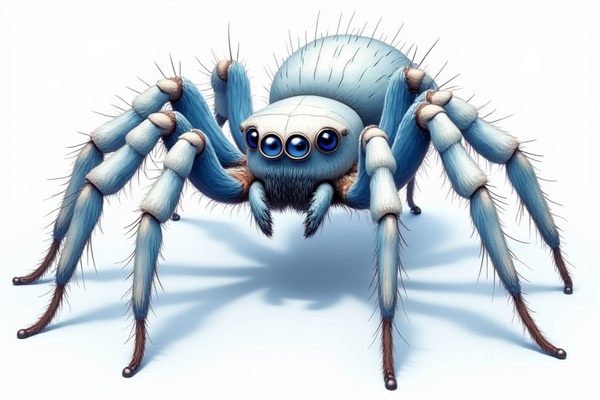
Alpine Trumpeter
Flatulus alpinus
Found in mountainous regions, this variant's call echoes dramatically through valleys, often mistaken for distant Swiss alphorns.
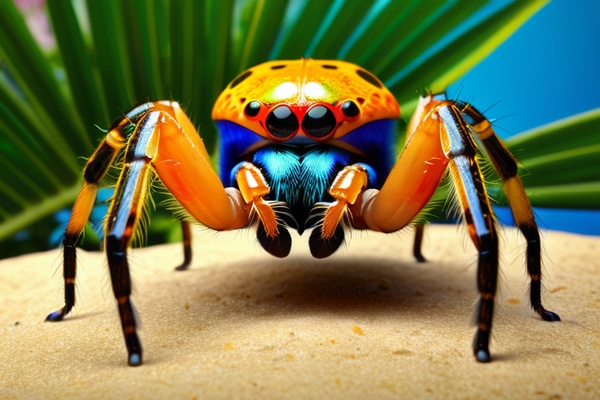
Tropical Bubbler
Flatulus tropicalis
This jungle-dwelling variant emits a distinctive bubbling sound, often blamed on exotic birds or amphibians by embarrassed travelers.
Species Identification Guide
While no one has ever actually seen a barking spider (convenient, isn't it?), we've compiled this identification key based on the acoustic signatures each fictional species produces. Use the following criteria to "identify" which type of barking spider might be in your vicinity:
Volume Level
- Whisper-quiet: Silent Stalker, Bedroom Creeper
- Moderately audible: Common House Barker, Morning Reveille, Public Transport Lurker
- Room-clearing loud: Thunderous Rumbler, Outback Blaster, Alpine Trumpeter
Sound Duration
- Brief (under 1 second): Quick Squeaker, Public Transport Lurker
- Moderate (1-3 seconds): Common House Barker, Tropical Bubbler
- Extended (over 3 seconds): Thunderous Rumbler, Alpine Trumpeter
Sound Quality
- Dry and percussive: Workplace Disruptor, Morning Reveille
- Squeaky and high-pitched: Midnight Squeaker, Quick Squeaker
- Resonant and bassy: Thunderous Rumbler, Outback Blaster
- Wet and bubbly: Tropical Bubbler, Bathroom Amphibian
Remember, if you "identify" a barking spider, tradition dictates that you should announce its presence to everyone within earshot, preferably while looking accusingly at the ceiling or under furniture.
Frequently Asked Questions
Q: Are these species classifications recognized by science?
A: Absolutely not. All barking spider species are fictional creations designed to provide a humorous explanation for unexplained flatulence. No reputable scientific organization recognizes any of these classifications, and any resemblance to actual taxonomic systems is purely coincidental and for comedic effect.
Q: Why do barking spiders seem to appear more frequently after certain meals?
A: According to "research" (wink, wink), barking spiders are attracted to certain dietary choices. They seem particularly drawn to people who have recently consumed beans, cabbage, dairy products, or carbonated beverages. This is purely coincidental and definitely not related to the digestive properties of these foods.
Q: How do I get rid of barking spiders in my home?
A: The most effective method is to simply acknowledge their presence. Try saying, "Excuse me, that was a barking spider" when one makes itself known. This typically causes the "spider" to go dormant for a period of time. For persistent infestations, consider dietary changes or improved ventilation.
Citizen Science Project
Join our tongue-in-cheek citizen science initiative! If you "encounter" a barking spider, document the acoustic signature, environmental conditions, and any dietary factors that might have contributed to its appearance. Submit your findings to our fictional research database, and help expand our understanding of these mythical creatures.
While real citizen science projects make valuable contributions to scientific knowledge, our barking spider project is purely for entertainment. It's a humorous way to engage with the longstanding joke and perhaps learn something about the real science of sound and biology along the way.